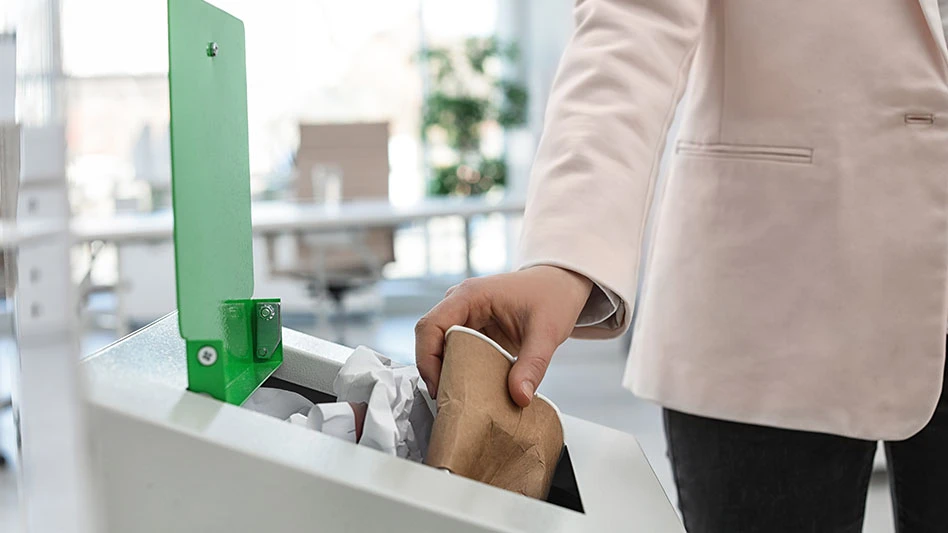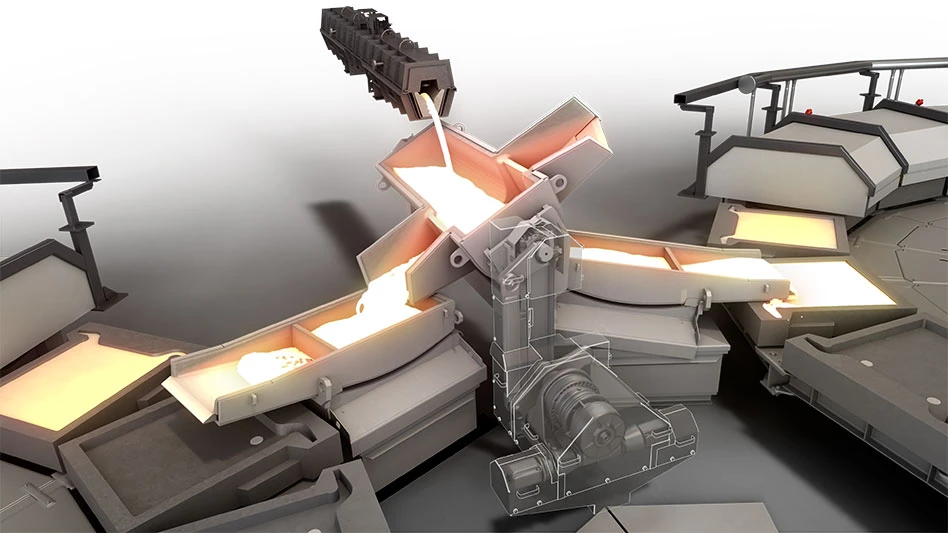
Recycling Today archives
In an April 2025 analysis titled “Scrap Supply Should Not Hinder Japan’s Steel Transition,” Akira Kanno of the Hong Kong-based think tank Transition Asia concludes Japan can supply sufficient recycled steel to support a conversion to additional electric arc furnace (EAF) steel production.
Writes Kanno, “The quickest strategy for accelerating the decarbonization of the Japanese steel industry in the near term is to transition to EAF production using scrap. A frequently cited challenge in this shift is whether there will be a sufficient scrap supply. While Transition Asia acknowledges the need for further efforts to improve scrap recycling, scrap availability in Japan may not be as significant a barrier to the transition to EAFs as is often suggested.”
The researcher refers to Japan as a net ferrous scrap exporter, adding the nation “does not have a near term scrap shortage problem” which is “exemplified by cheaper than global average scrap prices.”
In analyzing potential future trends, Kanno says the nation’s home scrap and prompt scrap generation could fall if overall output in Japan’s steel industry and manufacturing sectors do not grow in the approaching years.
Kanno says the nation’s government and corporate sector also could take measures to improve Japan’s collection and processing of obsolete scrap, “making it possible to prevent or significantly mitigate the impact of a scrap shortage.”
He continues, “Currently, the Japan Iron and Steel Federation (JISF) has set a target of increasing domestic scrap circulation by around 6.9 million metric tons by 2030 in response to anticipated rapid growth in demand for scrap.”
He says this can be achieved “through the introduction of new incentive schemes and the development of infrastructure to generate high-quality scrap.”
As in other nations, a growing Japanese EAF sector also could increase its production of scrap alternatives such as direct reduced iron (DRI), adds the researcher.
DRI and hot briquetted iron (HBI) also can be brought in from overseas, writes Kanno, something he says already is being done by two Japanese steelmakers who are bringing in HBI from Oman and the United Arab Emirates.
The think tank researcher concludes that EAF investors may need to put more thought into energy supplies rather than recycled steel inputs.
“With domestic scrap supply in Japan likely to remain relatively liquid in the near future and scrap recovery rates needing only minor adjustments, the key obstacle for decarbonizing Japan’s EAF fleet remains their access to cost competitive and predictable zero-carbon, renewable electricity,” concludes Kanno.
Get curated news on YOUR industry.
Enter your email to receive our newsletters.
Latest from Recycling Today
- PTR adds new VP of independent hauler sales
- Updated: Grede to close Alabama foundry
- Leadpoint VP of recycling retires
- Study looks at potential impact of chemical recycling on global plastic pollution
- Foreign Pollution Fee Act addresses unfair trade practices of nonmarket economies
- GFL opens new MRF in Edmonton, Alberta
- MTM Critical Metals secures supply agreement with Dynamic Lifecycle Innovations
- McClung-Logan Equipment Co. joins Tana’s authorized dealer network





